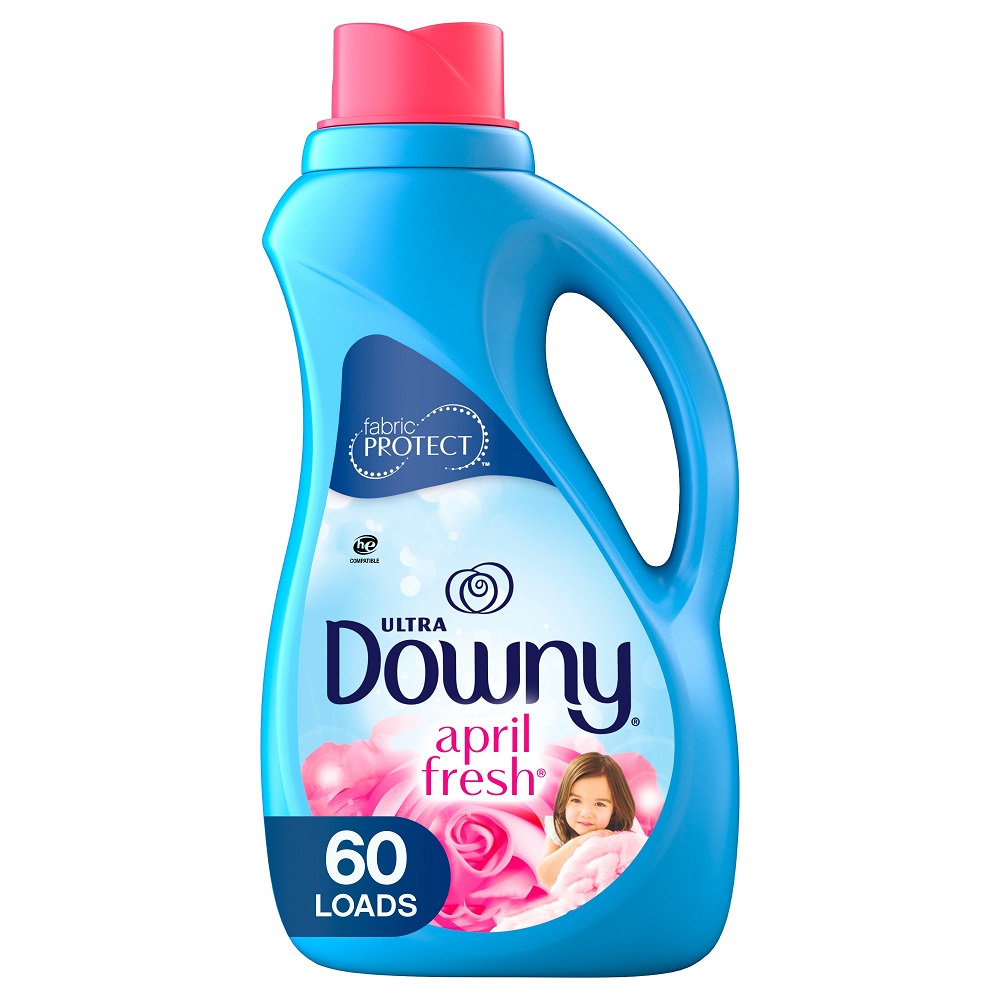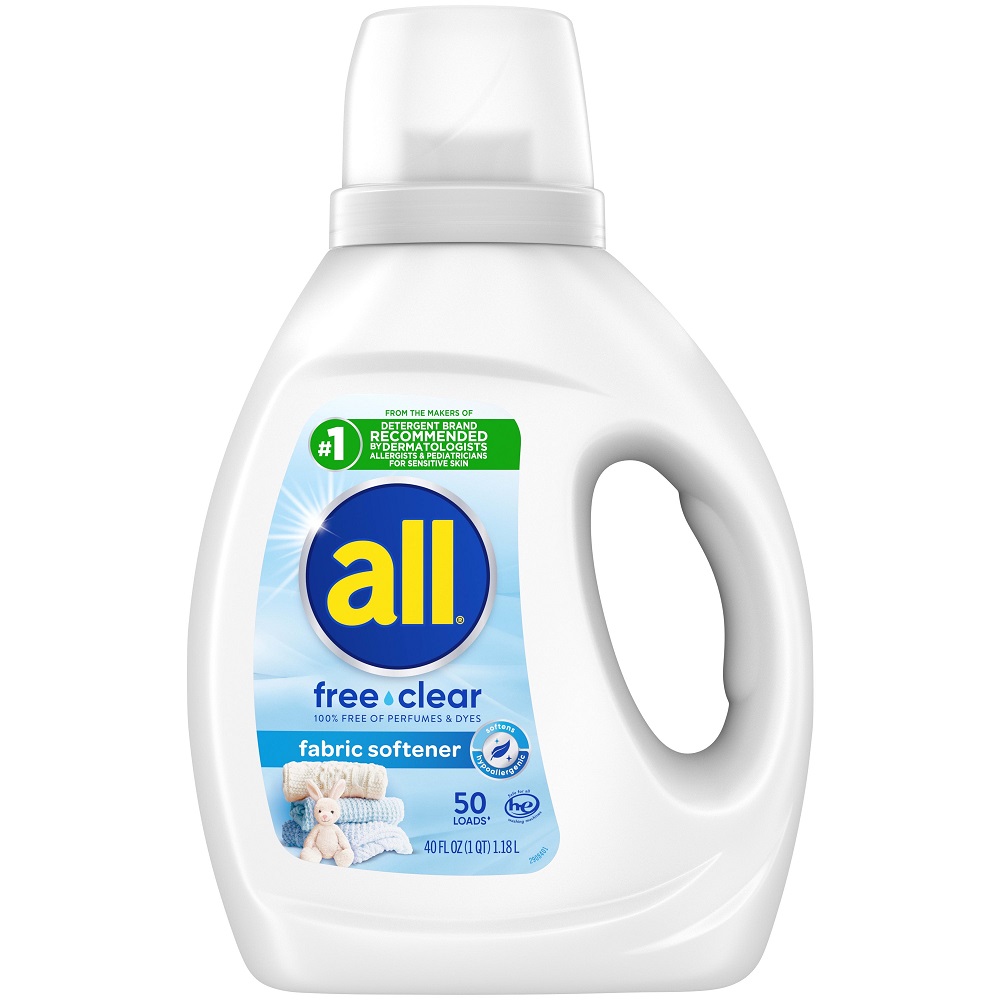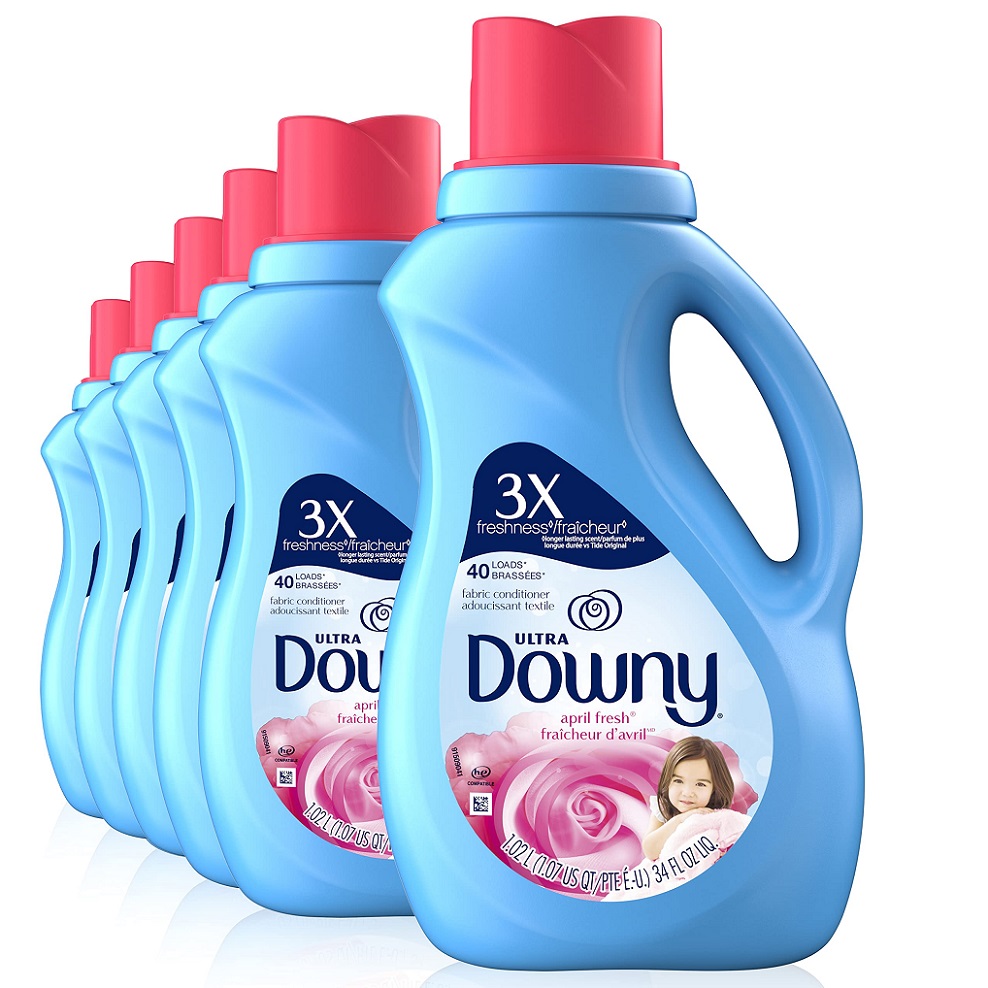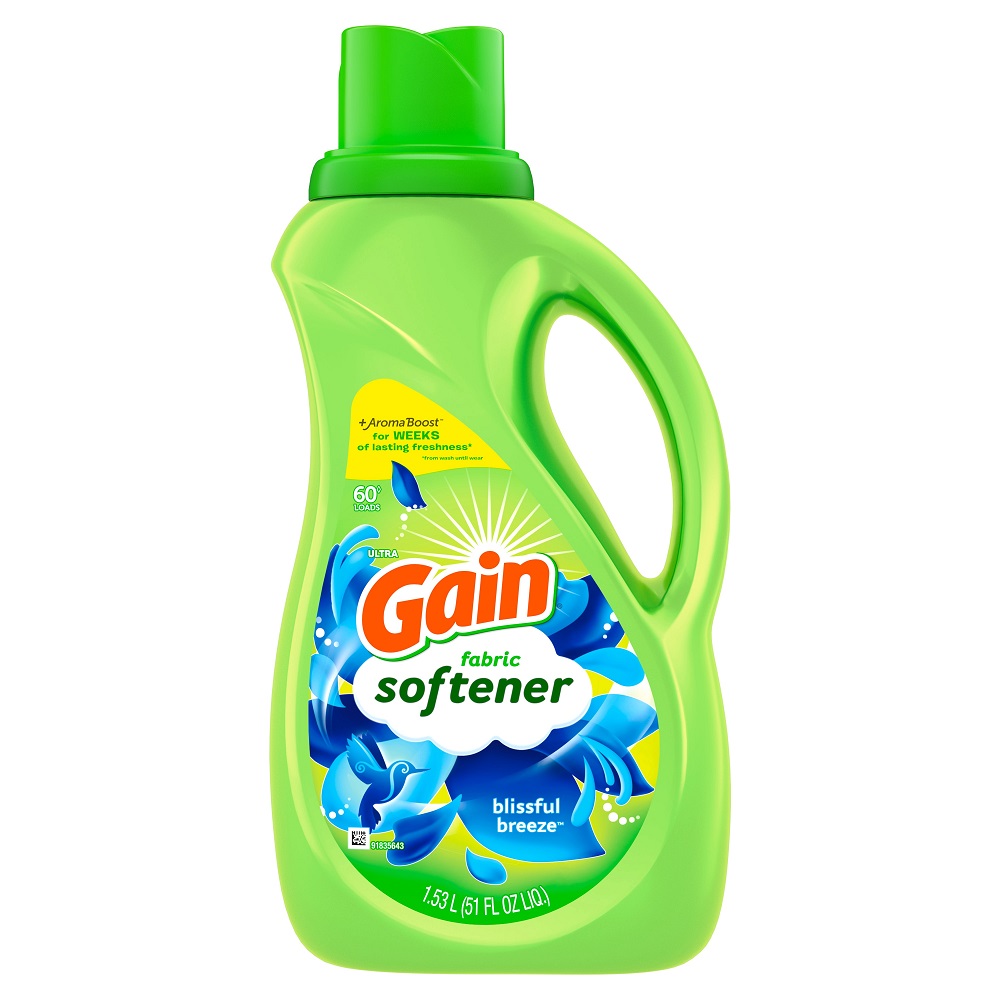Introduction to Fabric Softener Usage
Fabric softener | is a laundry favorite for many. It helps make clothes feel soft, smell fresh, and reduce static cling. But knowing when to add fabric softener is key for its effectiveness. You usually add it during the rinse cycle, not when detergent is at work. This timing ensures that the softener can do its job without conflict from the detergent. Adding it too early or late can weaken its benefits. For best results, follow your product’s directions and your machine’s design. Whether using a top-loader, front-loader, or a different type, the moment for fabric softener comes later in the wash. Keep reading to learn the right time to add fabric softener and get the most out of it.
Different Types of Fabric Softeners
Understanding the different types of fabric softeners is crucial for proper laundry care. The main categories include liquids, sheets, and beads or pellets. Here’s a brief overview of each type:
Liquid Fabric Softeners
Liquid softeners are the traditional choice. You add them to the washing machine during the rinse cycle. Their primary benefit is that they can cover every part of your laundry to soften and add fragrance.
Dryer Sheets
Dryer sheets, another popular option, go directly into the dryer with your wet clothes. They reduce static cling and can impart a pleasant scent. However, they may not distribute as evenly as liquid softeners.
Beads or Pellets
Fabric softening beads or pellets are a newer innovation. You toss them into the washer before starting the cycle. They slowly release their softening agents as the cycle progresses, infusing clothes with softness and long-lasting fragrance.
When selecting a fabric softener, consider your laundry preferences and washing machine type. Always read labels to confirm when and how to use each product effectively. By choosing the right type of softener, you optimize its benefits and enhance the quality of your laundry.
The Ideal Time to Add Fabric Softener During Laundry
Knowing precisely when to add fabric softener ensures your laundry comes out soft and fragrant. The best time to introduce fabric softener is during the rinse cycle. This is after the wash cycle has finished and the water with detergent drains out. At this point, the washing machine fills with fresh water to rinse away any remaining dirt and soap residue. Here’s where you add fabric softener.
For liquid softener, wait until the washer has finished filling with rinse water. This allows the softener to dilute properly before coming into contact with your laundry. Adding it too soon may cause it to mix with detergent and diminish effectiveness. It’s important to pour the fabric softener into the dispenser at the start of the rinse cycle, not before and not after.
If you misuse the timing, your clothes won’t reap the full benefits. They might feel less soft or retain static. Worse, the fabric softener could leave stains or residues if it doesn’t mix in at the correct stage. Remember, patience in timing pays off in laundry care. Make sure you’re aware when the rinse cycle starts and add fabric softener then to achieve the best results. It’s a simple step, but it makes a big difference in your laundry routine.
The Consequences of Improper Fabric Softener Timing
Using fabric softener at the wrong time can lead to several laundry issues. Here are some key consequences that may occur when the timing is off:
- Reduced Effectiveness: If you add fabric softener with detergent, it can’t work well. The detergent strips away the softener, leaving clothes less soft.
- Stains and Residue: Adding softener too early can cause it to directly contact clothes and leave marks. Over time, these can be hard to remove.
- Static Cling: Without proper timing, fabric softener won’t reduce static. Clothes may stick together or to your skin.
- Scent Issues: For those who like a fresh smell, adding too late means less scent. If it’s too early, the detergent might wash the fragrance away.
- Damage to Clothes: Some fabrics need the protection of softener in the rinse cycle. Missing the moment might lead to quicker wear and tear.
- Wasted Product: Using fabric softener incorrectly is a waste. You use up more to try to achieve the desired softness.
- Machine Problems: Improperly timed softener can clog dispensers. This can lead to additional maintenance for your washing machine.
To avoid these troubles, always check your machine’s manual. Look for the right time to add fabric softener. Also, watch for the rinse cycle to start. This simple attention to timing can save you from the hassles listed above. Keep in mind that timing is crucial, and proper use keeps your laundry and machine in top shape.
Tips for Adding Fabric Softener to Different Washing Machines
Tips for using fabric softener vary depending on your machine. Here’s how to do it right:
Top-Loading Machines
For top-loaders, add fabric softener as the rinse water starts to fill. Use the dispenser or a softener ball if your machine doesn’t have one.
Front-Loading Machines
Front-loaders often have a dedicated softener compartment. Pour the softener here before starting your wash, and it will release at the correct time.
High-Efficiency (HE) Machines
HE machines also have compartments for fabric softener. Ensure you use HE-compatible softener and follow the machine’s manual for adding it.
No Dispenser Machines
If your machine lacks a dispenser, dilute fabric softener in water. Add it during the deep rinse to evenly distribute it.
Remember to not overfill dispensers to prevent clogging. Always measure according to the load size. Clean dispensers regularly for best results. Choose a fabric softener suitable for your machine and the fabrics you’re washing. When used correctly, fabric softener enhances your laundry routine and extends the life of your clothes.
Fabric Softener and Its Impact on Different Fabrics
The type of fabric you’re washing plays a big role in how you use fabric softener. Some materials respond well to fabric softeners, while others may suffer. Here’s how different fabrics react:
- Cotton and Linen: These natural fibers become softer with fabric softener, enhancing comfort.
- Synthetics: For synthetic fabrics like polyester or nylon, softener can help prevent static. But use it sparingly, as it may build up over time.
- Towels: Be cautious with towels as fabric softener can reduce absorbency. Use it in small amounts or on every other wash to keep towels fluffy yet effective.
- Athletic Wear: Many athletic garments have moisture-wicking properties. Avoid softeners with these, as they can seal the fibers and hinder performance.
- Delicates: Softener can help protect delicate fabrics but check the care label first. Some, like silk, may need a gentler approach.
When using fabric softener, always consider the fabric of your load. When do you add fabric softener to your laundry routine can make a difference in the end result. Use the right amount for the fabric at hand. Lightly scented or unscented softeners are best for sensitive skin or to preserve the fabric’s original feel. By being mindful of the fabric softener’s impact on different materials, your clothes stay in great shape for longer.
Alternatives to Traditional Fabric Softeners
For those looking to avoid traditional fabric softeners, there are alternatives. These options can be more eco-friendly or suited to those with sensitive skin. Here are some common alternatives:
- Vinegar: White vinegar is a natural softening agent. Add half a cup to the rinse cycle to soften clothes without chemicals.
- Baking Soda: Baking soda can soften fabrics and eliminate odors. Add it during the wash cycle for a gentle touch.
- Wool Dryer Balls: Toss a few wool dryer balls into the dryer. They physically soften fabrics and reduce drying time.
- Epsom Salt: Mix Epsom salt with a few drops of essential oils. Use this blend during the wash cycle for a natural fragrance and softness.
- Aluminum Foil Balls: Crumple aluminum foil into balls and place them in the dryer. They can help reduce static cling.
- DIY Fabric Softeners: Create your own softener using hair conditioner, vinegar, and water. Find a recipe that works best for your needs.
Choosing an alternative to traditional fabric softeners might depend on your preferences. Some opt for natural ingredients or DIY methods to control what touches their skin. Others might choose alternatives for their environmental benefits. Whatever the reason, it’s good to know when do you add fabric softener alternatives in the laundry process. Vinegar and baking soda go in during the wash, while dryer balls and foil are for the dryer. Making the switch to these alternatives is simple and may align better with your lifestyle and values.
Troubleshooting Common Fabric Softener Mistakes
When using fabric softener, even small mistakes can affect your laundry. Here’s how to fix common issues:
- Adding Softener at the Wrong Time: If you add fabric softener at the wrong point in the wash, it can lead to problems. To fix it, make sure to wait for the rinse cycle to start before adding softener.
- Overuse of Softener: Using too much can leave residues. Use the right amount by following the product’s guide. Measure it with care for each load.
- Poor Dispenser Maintenance: A clogged dispenser stops the softener from mixing well with the water. Clean it regularly and do not overfill.
- Using Softener on the Wrong Fabrics: Some items, like towels or athletic wear, might not need softener. Use it wisely, and when in doubt, skip it for those fabrics.
- Stains from Direct Contact: Pour softener into the designated dispenser to prevent it from staining your clothes. If your machine lacks one, dilute the softener in water beforehand.
- Fabric Softener with Hard Water: If you have hard water, fabric softener might not work well. Consider adding a water softener or use alternatives like vinegar.
- Using Non-Compatible Softeners: Not all softeners work with all machines, especially HE ones. Confirm that the softener matches your machine type.
If you make these adjustments, ‘when do you add fabric softener’ shouldn’t be a puzzle. Watch for the right timing, use the correct amount and enjoy soft, fragrant laundry every time.



